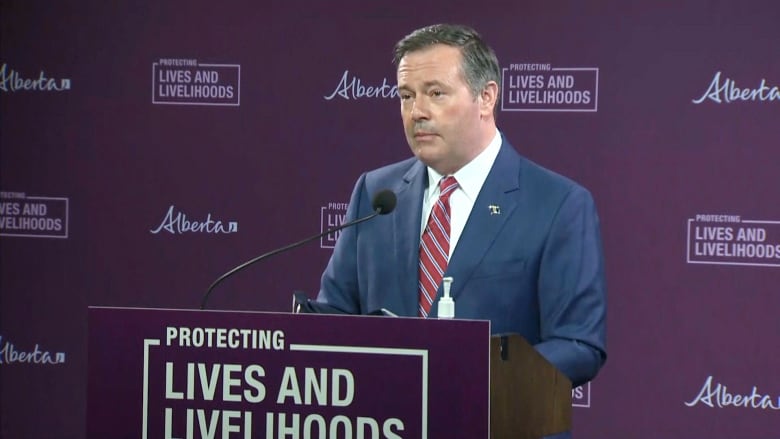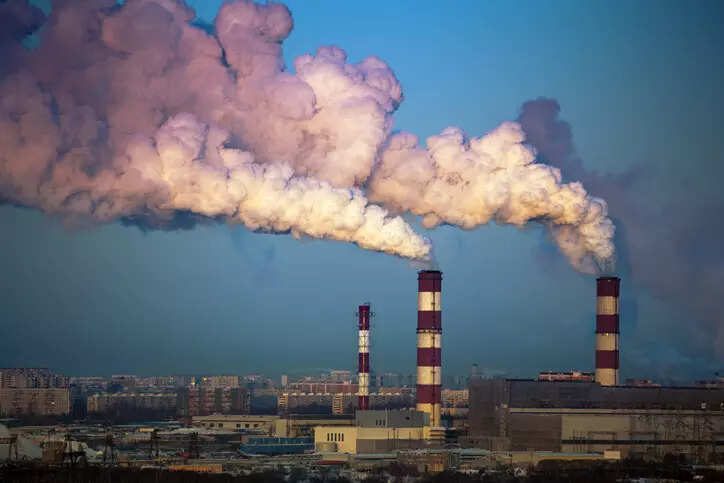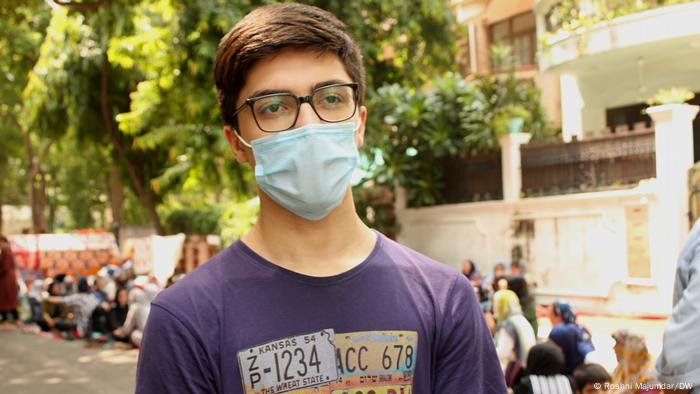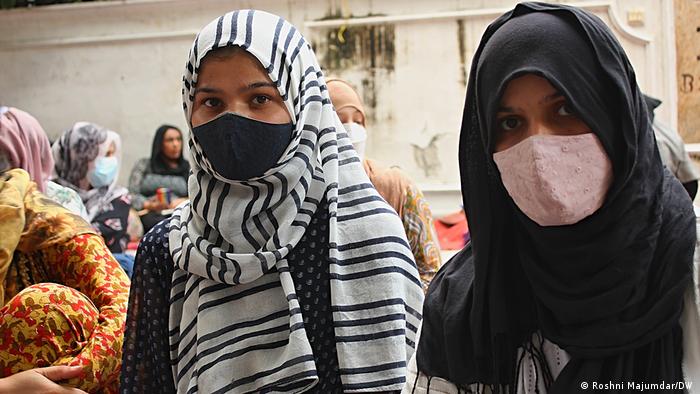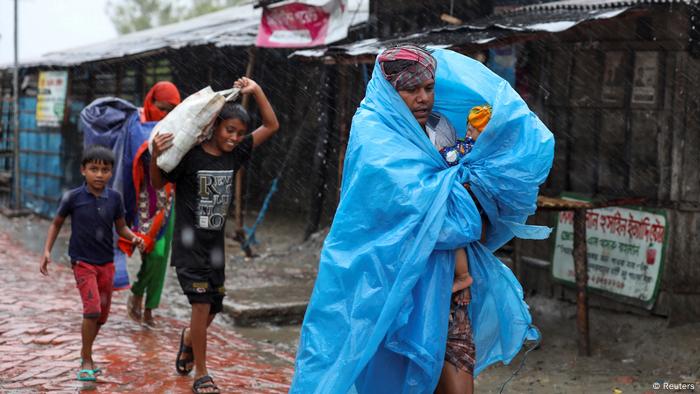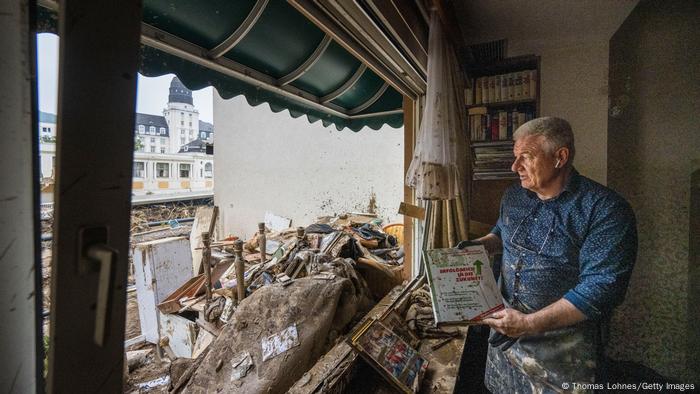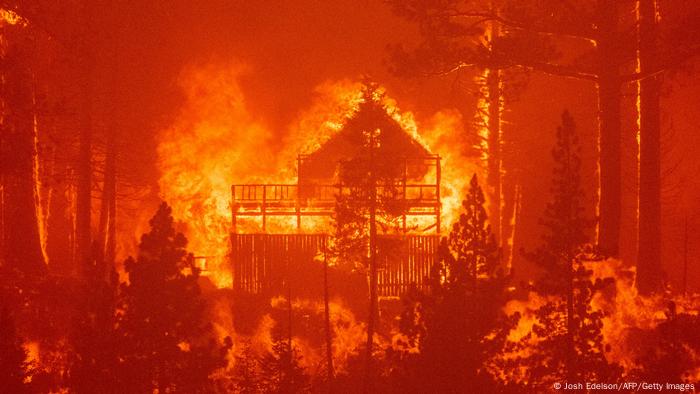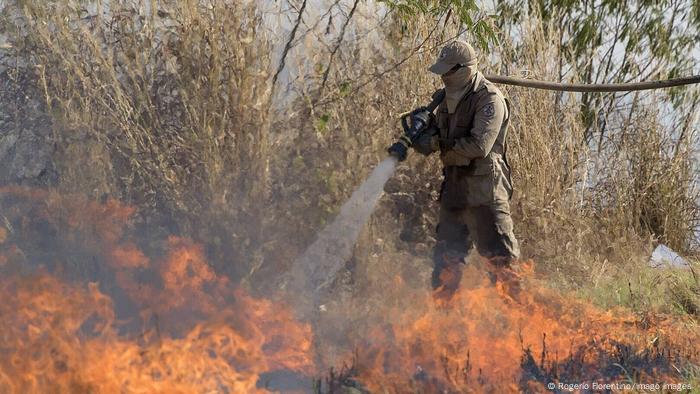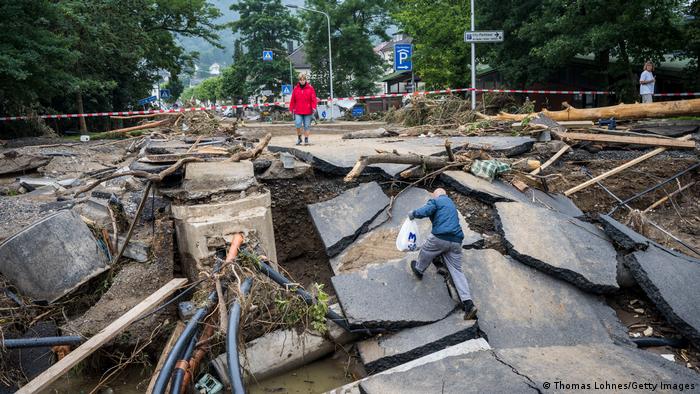Author of the article: Lisa Johnson, Ashley Joannou
Publishing date: Sep 08, 2021 •

Article content
The Alberta government has backed away from its demand that nurses take a three per cent wage cut.
In a news release Tuesday evening, the United Nurses of Alberta (UNA) said Alberta Health Services’ (AHS) latest proposal “represents progress” after AHS contacted the union over the weekend with a new mandate from the government.
AHS has dropped what the union called “offensive rollbacks,” including reductions of shift differentials and other pay premiums, but maintained other demands, including the the elimination of lump-sum payments, costing members two per cent a year in pay.
Now on the table is a pay freeze for the first three years of a five-year collective agreement, followed by increases of one per cent in each of the final two years of the contract.
In a statement of his own Wednesday morning, Finance Minister Travis Toews said the new proposal “acknowledges the hard work and dedication of Alberta’s nurses, while respecting the tough fiscal situation the province is in.”
“There are still a number of items that need to be negotiated, including the twice yearly lump sum payments that do not exist in any other nursing contract in Canada,” he said.
The union said that while the changes are an improvement “they would do nothing to address the critical problem of attrition and retention now faced by Alberta Health Services throughout the province.”
The latest offer comes days after the UNA said it was informed that AHS would immediately begin working with three staffing agencies to hire contract nurses from outside the province to fill staffing gaps.
In August, AHS said it had held preliminary discussions about potentially hiring contract nurses after being approached by agency Greenstaff Medical.
Rising COVID-19 case hospitalizations have put pressure on intensive care units, contributed to a staffing shortage, and forced the provincial health authority to cancel some elective surgeries.
Both sides have reached an essential services agreement in the event of a strike or lockout, and the UNA is set to meet with the mediator on Friday. If mediation fails, a strike vote could happen following a 14-day “cooling off” period.
Toews has previously defended the government’s original proposed three per cent wage cut, which nurses said amounted to an overall five per cent compensation reduction, as necessary to bring Alberta’s spending in line with that of other provinces.
In July, Toews said on average, Alberta nurses make 5.6 per cent more than in other comparator provinces, based on total compensation as of 2020.
“The need to bring wages in line with other large provinces does not diminish our deep respect for the exceptional work and dedication of public sector workers. It is simply reflective of our fiscal reality, and one that many sectors in the province have experienced,” he said in a statement at the time.
In a Tuesday night statement, Opposition NDP Leader Rachel Notley demanded the government stop the rollbacks completely, with the healthcare system “in chaos” and frontline workers caring for Albertans with COVID-19.
“To be clear, the government-led attacks on these professionals cannot continue and this change in bargaining position will not be enough to combat the widespread staff shortages arising from burnout and low morale,” said Notley.
Both sides are set to be back at the table when formal mediation begins on Sept. 21
Alberta drops bid to cut nurse wages by 3 per cent, union says other cuts still on table
'It seemed like they started to realize how much of a crisis they are really in,' says UNA

Alberta Health Services has taken a proposed three-per-cent wage rollback off the table in its talks with the United Nurses of Alberta.
The new proposal offers nurses three years with no salary increases followed by two years with a one per cent increase.
The offer arrived two weeks before the start of formal mediation, during a period where Alberta's hospitals and intensive care units are struggling with staffing shortages and employee burnout during the surging fourth wave of the COVID-19 pandemic.
"This new proposal acknowledges the hard work and dedication of Alberta's nurses while respecting the tough fiscal situation the province is in," Finance Minister Travis Toews said in a written statement.
- Alberta to bring in out-of-province contract nurses as COVID-19 patients fill hospitals
- Alberta Health Services, nurses' union seek mediation over collective agreement
However, an official from the UNA said Toews's remarks were "absolutely false."
AHS still wants an end to two annual lump-sum payments, which amounts to a two-per-cent cut in salary, said David Harrigan, the UNA's director of labour relations.
"Minister Toews issued a statement saying they're proposing a wage freeze for the first three years. That's just absolutely false," Harrigan said.
"it's not helpful when he makes misstatements and it just confuses the public and our members."
Harrigan said the AHS chief negotiator reached out to him over the long weekend after receiving a new mandate from the government.
"We're not sure what exactly prompted it," Harrigan said.
"It seemed like they started to realize how much of a crisis they are really in. ...They can't attract staff and they can't retain staff."

While AHS has dropped many proposed changes to how nurses are scheduled and paid overtime, Harrigan is concerned the health authority wants to end scheduling provisions that have guaranteed nurses two full calendar days of rest each week.
In his written statement, Toews said UNA members are the only nurses in Canada who receive two annual lump-sum payments under their contract.
The start of formal mediation marks a new chapter in the year-long talks to reach a new five-year collective agreement.
The mediator has 14 days to get both sides to reach an agreement. If that occurs, a strike or lockout can occur after a two-week cooling-off period.
UNA and AHS have already settled the essential services agreement that sets minimum staffing levels in the case of a strike or lockout.
AHS is now admitting it is reaching out to staffing agencies to hire casual nurses. The top rate for an Alberta nurse is $48 an hour. The contract nurses earn an hourly wage of $75.
Two weeks ago, the health authority brought new rules which would force nurses to work mandatory overtime or cancel their vacation.

